The oceans of the Mesozoic Era teemed with extraordinary creatures that have long captured our imagination. Among these ancient marine dwellers were colossal reptiles that ruled the prehistoric seas for over 180 million years. From the dolphin-like ichthyosaurs to the long-necked plesiosaurs and the massive mosasaurs, these creatures dominated marine ecosystems during the age of dinosaurs. Yet despite their evolutionary success and apex predator status, these magnificent animals vanished from Earth’s oceans. Their extinction represents one of paleontology’s most fascinating mysteries. What catastrophic events or gradual changes could have eliminated creatures so perfectly adapted to marine life? This article explores the leading theories behind the disappearance of these ocean giants and the complex interplay of factors that likely contributed to their demise.
The Ancient Marine Reptile Dynasty

The Mesozoic oceans hosted an impressive diversity of marine reptiles that evolved from terrestrial ancestors. Ichthyosaurs, with their streamlined bodies and remarkable convergent evolution with modern dolphins, appeared first in the Early Triassic period about 250 million years ago. Plesiosaurs, characterized by their long necks and paddle-like limbs, emerged in the Late Triassic around 203 million years ago. Mosasaurs, essentially marine lizards related to modern monitor lizards and snakes, were latecomers, evolving in the Late Cretaceous about 98 million years ago. These reptiles filled various ecological niches, from pursuing fast-swimming prey to hunting on the seafloor. Their adaptations to marine life were so successful that they survived multiple extinction events throughout the Mesozoic, making their ultimate disappearance even more puzzling to scientists. Unlike their terrestrial dinosaur contemporaries, they didn’t all vanish simultaneously, which suggests multiple extinction causes rather than a single catastrophic event.
The Ichthyosaur Decline: An Early Warning

Ichthyosaurs represent a puzzling case in marine reptile extinction patterns, as they began disappearing well before the end-Cretaceous mass extinction that claimed most other marine reptiles. These dolphin-like creatures experienced a significant diversity decline during the Late Jurassic and Early Cretaceous periods, with most lineages vanishing by the Cenomanian-Turonian boundary about 94 million years ago. This early extinction has led paleontologists to search for unique factors affecting ichthyosaurs specifically. Competition from newly evolving predators like sharks and teleost fish may have played a role in their decline. Environmental changes affecting their prey populations, particularly the diversification of fast-swimming prey that could possibly outmaneuver the increasingly specialized ichthyosaurs, likely contributed to their struggles. Their disappearance serves as an important reminder that extinction rarely has a single cause and often involves complex ecological interactions occurring over millions of years.
The Cenomanian-Turonian Extinction Event
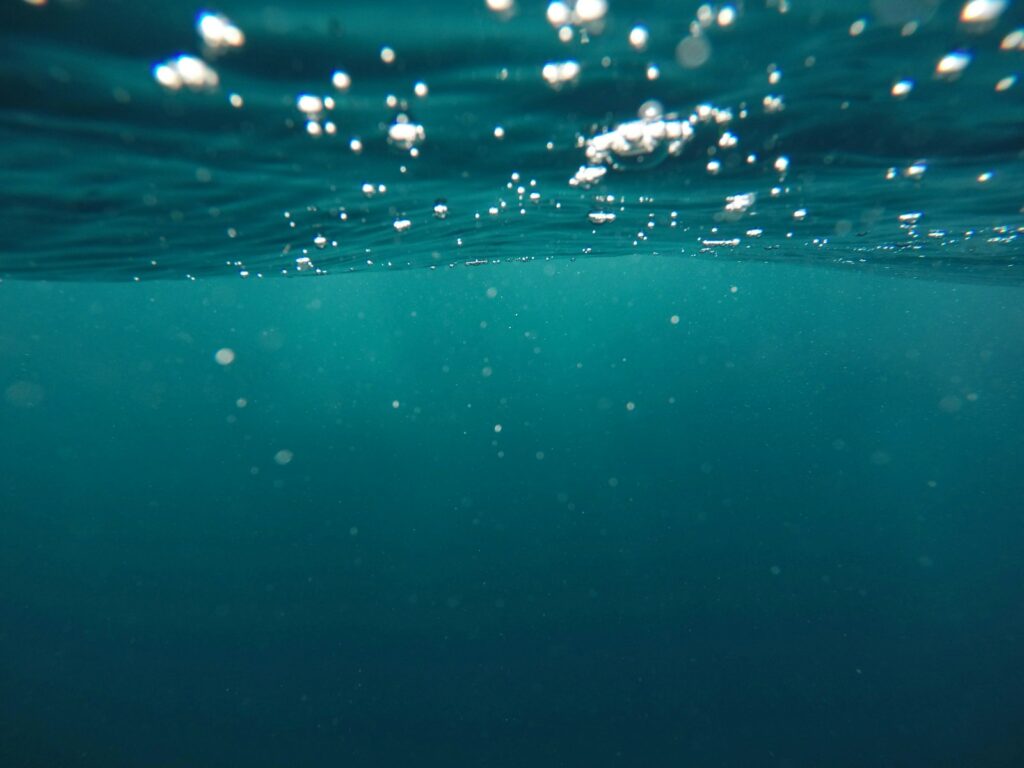
Approximately 94 million years ago, during the transition between the Cenomanian and Turonian stages of the Late Cretaceous period, Earth experienced a significant oceanic anoxic event (OAE2) that profoundly impacted marine ecosystems. This event saw widespread oxygen depletion in ocean waters, creating vast “dead zones” inhospitable to most marine life. The environmental catastrophe coincided with the final disappearance of ichthyosaurs and severely affected numerous marine species, including many invertebrates that formed the base of marine food webs. Scientists attribute this anoxic event to intense volcanic activity associated with the formation of large igneous provinces, which released massive amounts of carbon dioxide into the atmosphere. The resulting greenhouse effect warmed the oceans, reducing their capacity to hold dissolved oxygen. Warmer waters also decreased circulation between ocean layers, further contributing to oxygen depletion at depth where many marine organisms fed. For the remaining marine reptiles, this event likely introduced significant stresses through disruption of food chains and loss of prey species.
Climate Change in the Late Cretaceous

The Late Cretaceous period witnessed dramatic climate fluctuations that transformed marine environments worldwide. Following the greenhouse conditions of the mid-Cretaceous, Earth experienced a cooling trend that accelerated in the final stages of the period. This cooling caused sea levels to drop significantly as water became locked in polar ice caps, dramatically reducing shallow marine habitats where many marine reptiles hunted. Temperature changes altered ocean circulation patterns, disrupting nutrient distribution that supported the complex food webs on which marine reptiles depended. Plesiosaurs and mosasaurs, as air-breathing reptiles, were particularly vulnerable to these changes as they required regular surface access. Fossil evidence suggests that cooling may have restricted their geographic range, pushing species toward equatorial regions and creating population bottlenecks. The climate instability created cascading effects throughout marine ecosystems, stressing populations that had evolved under more stable conditions and potentially compromising their ability to adapt quickly enough to survive the rapidly changing conditions of the late Maastrichtian.
Competition from Sharks and Bony Fishes

The Late Cretaceous period witnessed a remarkable evolutionary radiation of modern sharks and advanced bony fishes that may have contributed significantly to marine reptile extinctions. These newly evolving predators competed directly with marine reptiles for food resources while potentially requiring less energy to maintain their cold-blooded metabolisms. Modern-type sharks, with their efficient swimming abilities and continuously replacing teeth, began diversifying into niches previously dominated by marine reptiles. Meanwhile, teleost fishes (the group that includes most modern bony fish) underwent an explosion in diversity, evolving new body forms and feeding strategies that allowed them to exploit previously unavailable resources. Paleontological evidence from fossil assemblages shows increasing bite marks from sharks on marine reptile remains throughout the Late Cretaceous, suggesting intensifying predatory pressure. The marine reptiles, with their need to surface for air and likely higher metabolic requirements, may have found themselves at a competitive disadvantage against these emerging fish predators, especially during periods of environmental stress when resources became limited.
The Chicxulub Impact and Its Aftermath

The asteroid impact at Chicxulub, Mexico, approximately 66 million years ago, delivered the final blow to many marine reptile lineages that had managed to survive the preceding environmental challenges. This cataclysmic collision, which created a crater over 180 kilometers in diameter, triggered tsunamis hundreds of meters high that devastated coastal habitats worldwide. The impact vaporized sulfur-rich rocks, releasing aerosols that blocked sunlight and triggered years of global cooling—a “nuclear winter” effect that collapsed photosynthesis in surface waters. This collapse of primary productivity rippled catastrophically up the food chain, eliminating the prey base that supported large marine predators. Acid rain from impact-generated nitrogen oxides further acidified surface waters, dissolving the calcium carbonate shells of many marine organisms. For air-breathing marine reptiles, the atmospheric effects may have been particularly lethal, with toxic gases and particulates making surface waters inhospitable. Recent fossil discoveries from sites like Tanis in North Dakota have provided compelling evidence that the impact’s immediate effects were felt globally, with tsunami deposits containing impact spherules alongside freshly killed organisms, illustrating the rapid and devastating consequences of this event.
Food Chain Collapse: The Domino Effect

Marine reptiles occupied the upper tiers of Mesozoic ocean food pyramids, making them particularly vulnerable to disruptions at lower trophic levels. The end-Cretaceous extinction saw catastrophic collapses in marine productivity that eliminated critical links in their food chains. Phytoplankton, the ocean’s primary producers, experienced significant species turnover, with many forms disappearing entirely from the fossil record. Paleontological evidence shows that ammonites and belemnites, squid-like creatures that formed a significant portion of marine reptile diets, were completely eliminated. Many fish species that served as prey for medium-sized predators also vanished, creating a ripple effect that reached the apex predators. Modern ecological studies of food web dynamics suggest that top predators typically require vast territories and abundant prey to sustain their populations. When prey populations crashed, the highly specialized hunting adaptations of many marine reptiles likely became liabilities rather than advantages. Some mosasaurs, for instance, had evolved jaw structures specialized for crushing hard-shelled prey—adaptations that would have provided little benefit when those prey species disappeared, leaving them unable to pivot to alternative food sources quickly enough to survive.
Reproductive Vulnerabilities

The reproductive biology of marine reptiles may have played a crucial role in their vulnerability to extinction during periods of environmental stress. Unlike many fish that can produce millions of eggs, marine reptiles likely had relatively low reproductive rates, similar to modern reptiles and marine mammals. Paleontological evidence suggests that most marine reptiles gave birth to live young rather than laying eggs, a characteristic preserved in exceptional fossils showing embryos within adult specimens. This reproductive strategy would have limited their ability to rapidly recover from population declines. Additionally, fossil evidence indicates that many marine reptile species used specific shallow coastal areas as nursery grounds, making their reproduction vulnerable to habitat loss during sea-level changes. Young marine reptiles likely required specialized environments with abundant food and protection from predators, conditions that would have been severely compromised during the end-Cretaceous crisis. Their reproductive physiology, potentially tied to specific temperature ranges for the successful development of offspring, would have been disrupted by the rapid temperature fluctuations following the asteroid impact, further hampering any survival prospects for their lineages.
Volcanic Activity and the Deccan Traps
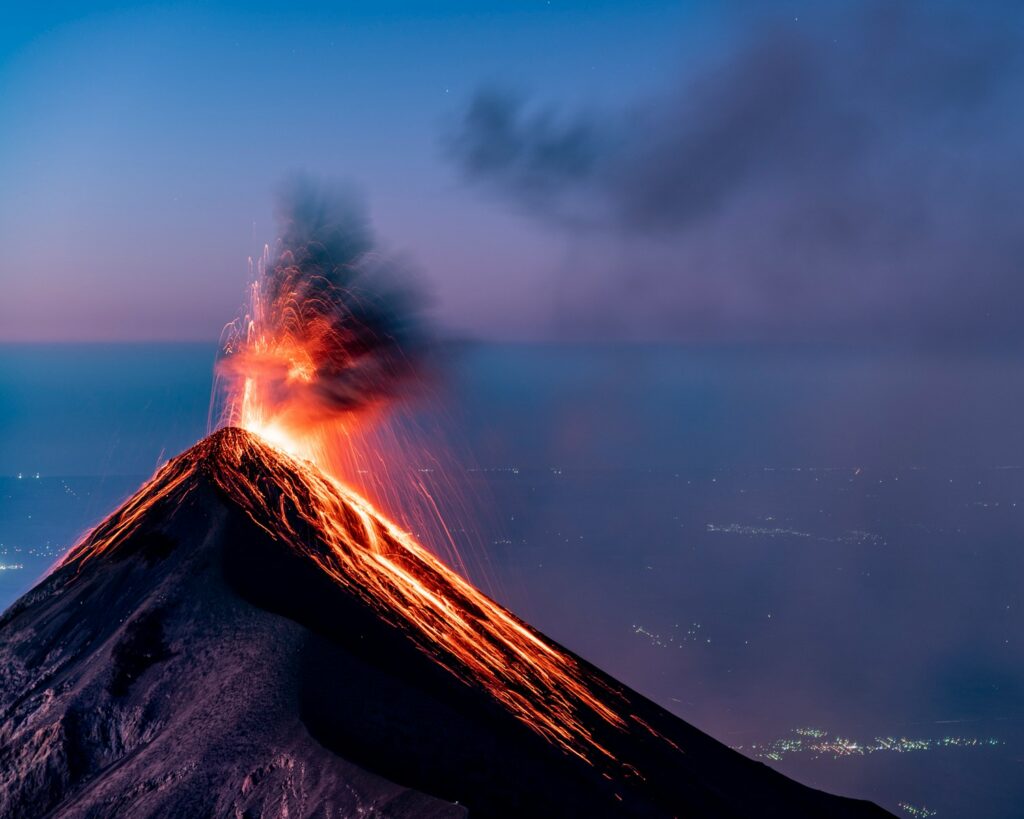
Coinciding with the Chicxulub impact, Earth was experiencing one of the largest volcanic episodes in its history: the formation of the Deccan Traps in what is now India. This massive flood basalt province released enormous volumes of carbon dioxide, sulfur dioxide, and other gases into the atmosphere over approximately one million years, with the most intense eruptions occurring remarkably close to the time of the asteroid impact. These volcanic emissions caused significant environmental stresses, including global warming, ocean acidification, and toxic metal contamination of marine environments. Recent high-precision dating techniques have revealed that the most intense phase of Deccan volcanism may have accelerated immediately after the impact, suggesting a potential seismic triggering effect that compounded environmental devastation. For marine reptiles already struggling with changing ocean conditions, this double catastrophe—impact followed by intensified volcanism—created a “one-two punch” that made recovery virtually impossible. The volcanic emissions would have prolonged unfavorable ocean conditions long after the immediate effects of the impact began to subside, preventing ecosystem recovery during a critical window when surviving populations were most vulnerable.
Ocean Acidification and Marine Ecosystem Collapse

One of the most devastating consequences of both the Chicxulub impact and Deccan volcanism was ocean acidification—a chemical change in seawater that occurs when excess carbon dioxide dissolves into the ocean, forming carbonic acid. Geological evidence from marine sediments shows a significant drop in pH levels at the Cretaceous-Paleogene boundary, creating highly acidified conditions. This acidification had catastrophic effects on calcareous organisms like foraminifera, coccolithophores, and mollusks that form the foundation of marine food webs. While marine reptiles themselves wouldn’t have been directly affected by the changing water chemistry, the collapse of these foundation species triggered cascading effects throughout the food web. Paleontological evidence shows a “strangelove ocean” period immediately following the extinction, when biological productivity in the surface ocean essentially shut down. Isotopic analyses of marine sediments indicate that this productivity collapse may have lasted thousands to tens of thousands of years—far too long for large predators with substantial caloric requirements to survive on diminished resources. Even if some marine reptile individuals might have initially survived the immediate catastrophe, the prolonged disruption of marine ecosystems would have eventually eliminated any remaining populations through starvation and reproductive failure.
The Role of Body Size and Metabolism

The impressive dimensions of many marine reptiles, once an evolutionary advantage, likely became a liability during the end-Cretaceous crisis. Large body size in predators generally correlates with greater energy requirements and specialized hunting strategies, making them particularly vulnerable to prey shortages. Mosasaurs, which could reach lengths exceeding 15 meters, and plesiosaurs with 10-meter bodies likely required substantial daily caloric intake to maintain their activities. Though these marine reptiles were likely ectothermic (cold-blooded) like modern reptiles, recent research suggests some may have maintained elevated body temperatures through gigantothermy—the conservation of metabolically generated heat due to large body size—or possibly even some degree of endothermy similar to modern leatherback turtles. Either adaptation would have increased their energy requirements compared to fully ectothermic animals. During the “impact winter” that followed the Chicxulub collision, when photosynthesis was severely reduced worldwide, these energy needs became impossible to meet. Smaller marine organisms with lower metabolic requirements and the ability to enter torpid states during food shortages would have had survival advantages that large marine reptiles lacked, explaining why some fish, sharks, and sea turtles managed to survive while the giant marine reptiles perished.
Habitat Loss from Sea Level Changes
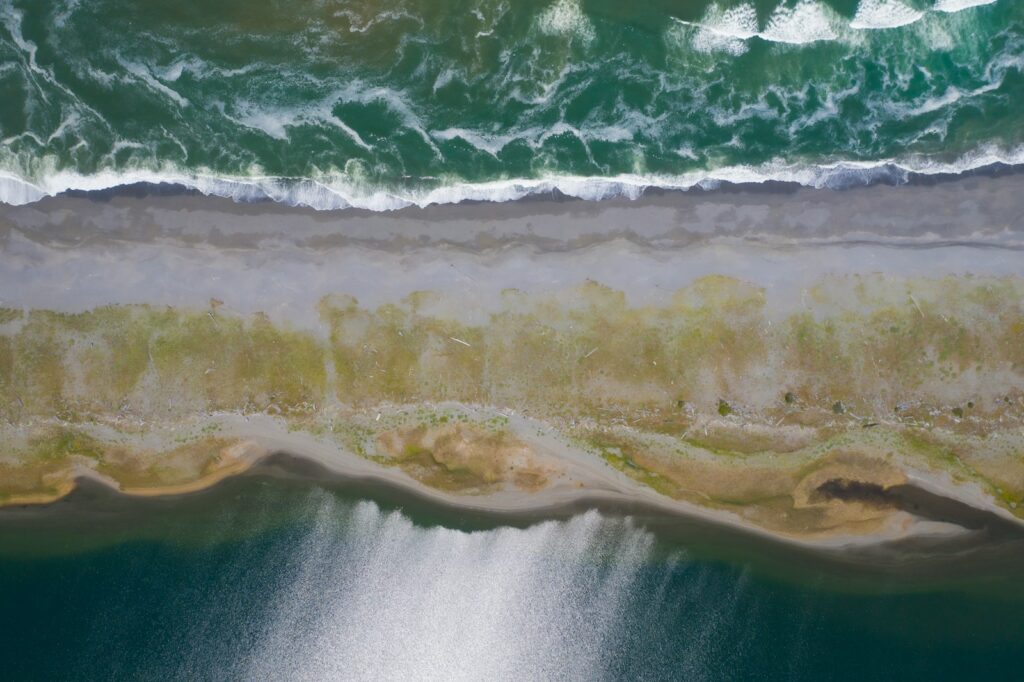
Sea level fluctuations during the Late Cretaceous played a significant role in marine reptile extinctions by drastically reducing available habitat. Geological evidence indicates that sea levels fell considerably in the latest Cretaceous, with some estimates suggesting a drop of up to 100-150 meters in certain regions. This regression drained the extensive epicontinental seas—shallow marine environments that had covered substantial portions of continents during the Cretaceous greenhouse climate. These shallow seas had provided ideal hunting grounds for many marine reptiles, particularly plesiosaurs that likely exploited these environments for fishing. As these habitats disappeared, marine reptile populations would have been concentrated into remaining ocean basins, intensifying competition for dwindling resources. Coastal nursery areas critical for reproduction were similarly affected, with many breeding grounds simply disappearing as shorelines retreated. Paleoenvironmental reconstructions based on sedimentary evidence show that this habitat loss was not gradual but accelerated in the final million years of the Cretaceous, potentially pushing already-stressed populations beyond their ability to adapt. The sea level drop also altered ocean circulation patterns, disrupting nutrient upwelling zones that supported productive marine ecosystems, further compromising food availability for top predators.
Lessons from the Modern Era: Understanding Extinction Vulnerability
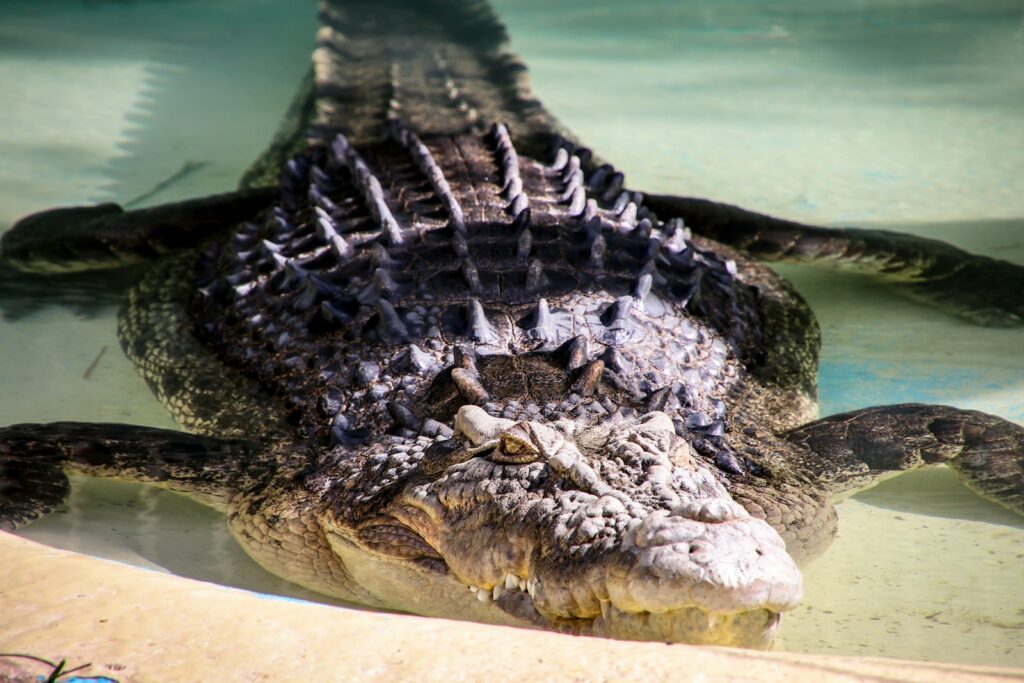
The extinction of marine reptiles offers valuable perspectives on the vulnerability factors that threaten modern marine predators facing anthropogenic changes. Today’s ocean apex predators—sharks, marine mammals, and some sea turtles—share many characteristics with their Mesozoic counterparts that increase their extinction risk. These include long generation times, low reproductive rates, specialized diets, and requirements for specific habitats. Modern conservation biology has identified these traits as significant risk factors in extinction vulnerability assessments. The fossil record of marine reptile extinctions demonstrates how quickly ecosystems can unravel when key components are removed, something increasingly observed in modern marine environments experiencing overfishing and climate change. Perhaps most importantly, the complex, multi-causal nature of marine reptile extinctions parallels current threats to marine biodiversity, where climate change, habitat destruction, pollution, and resource exploitation create synergistic pressures that exceed the adaptive capacity of many species. By studying how these magnificent Mesozoic predators responded to ancient environmental changes, we gain critical insights that may help preserve today’s marine ecosystems facing similar, if not more intense, anthropogenic pressures.
The Scientific Debate Continues

Despite decades of research, the precise mechanisms behind marine reptile extinctions remain contested among paleontologists, with new discoveries continuously refining our understanding. Some researchers emphasize the primacy of the Chicxulub impact as the decisive extinction driver, pointing to the exact correspondence between the impact layer and the disappearance of the last mosasaurs and plesiosaurs in high-resolution stratigraphic sections. Others argue for a more complex scenario where marine reptiles were already in decline due to climate change and ecosystem restructuring before the asteroid delivered the final blow. The recent discovery of marine reptile fossils extremely close to the K-Pg boundary in places like Antarctica and Morocco suggests that at least some lineages were thriving right until the impact. Advances in analytical techniques, including computer modeling of extinction scenarios, geochemical proxies for environmental conditions, and high-precision dating methods, continue to provide new insights into this paleontological mystery. The extinction of marine reptiles represents an active frontier in paleontological research, with interdisciplinary approaches combining fossil evidence with modern ecological principles to reconstruct the complex interplay of factors that eliminated these ocean predators after their 180-million-year reign.
Conclusion
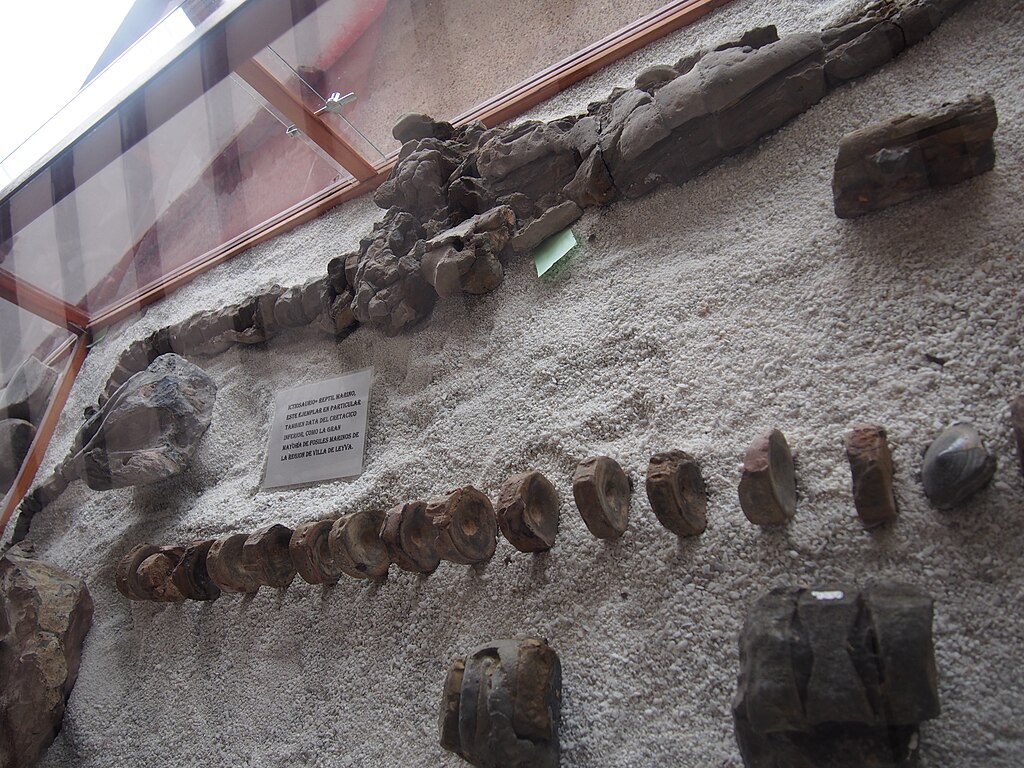
The extinction of the giant marine reptiles was likely the result of a complex combination of environmental shifts, competition, and catastrophic events rather than a single cause. While some groups, like ichthyosaurs, declined gradually due to changing ocean conditions and competition with emerging predators, others, like mosasaurs and plesiosaurs, met their end during the mass extinction at the close of the Cretaceous, triggered by an asteroid impact and intense volcanic activity. These upheavals disrupted marine food chains, altered ocean chemistry, and ultimately wiped out these once-thriving sea giants. Their disappearance reshaped marine ecosystems, paving the way for the rise of modern ocean predators like sharks and marine mammals. Though their reign ended millions of years ago, the legacy of these incredible reptiles lives on in the fossil record, offering glimpses into a lost world beneath prehistoric waves.



